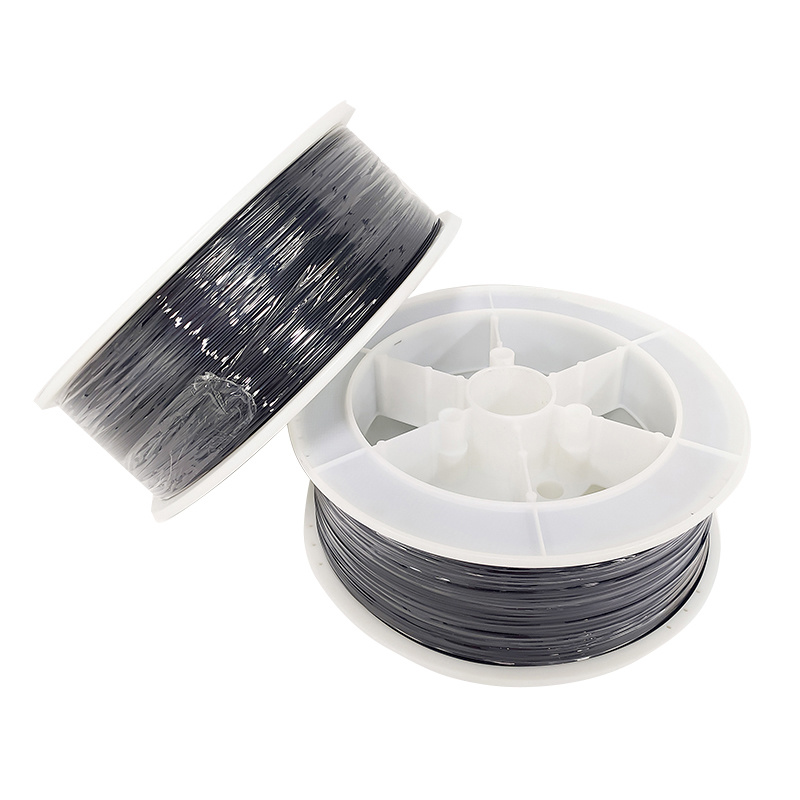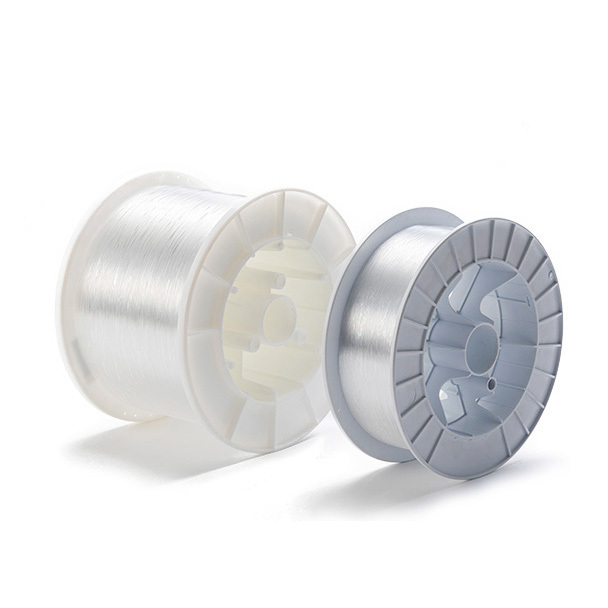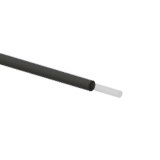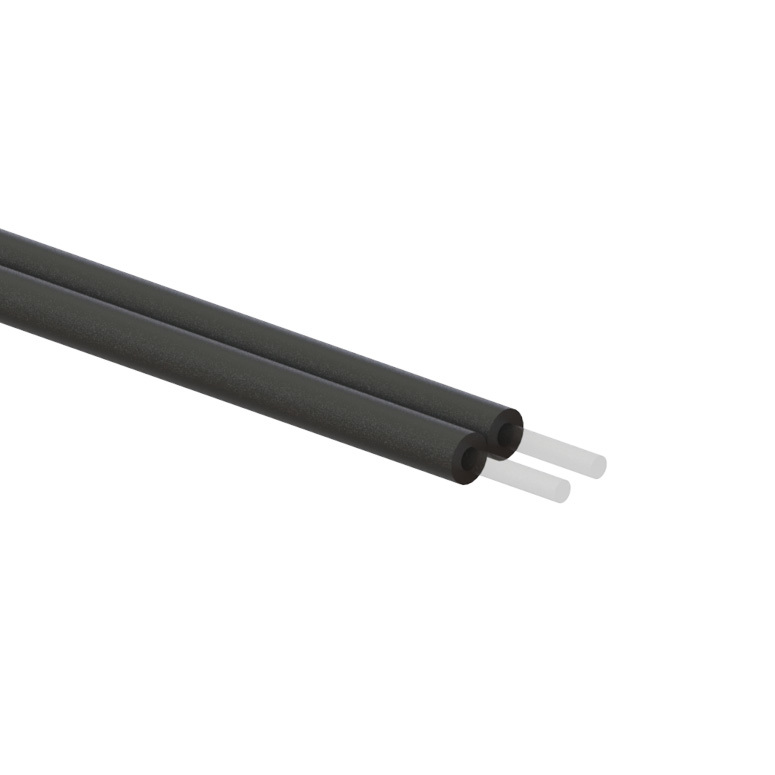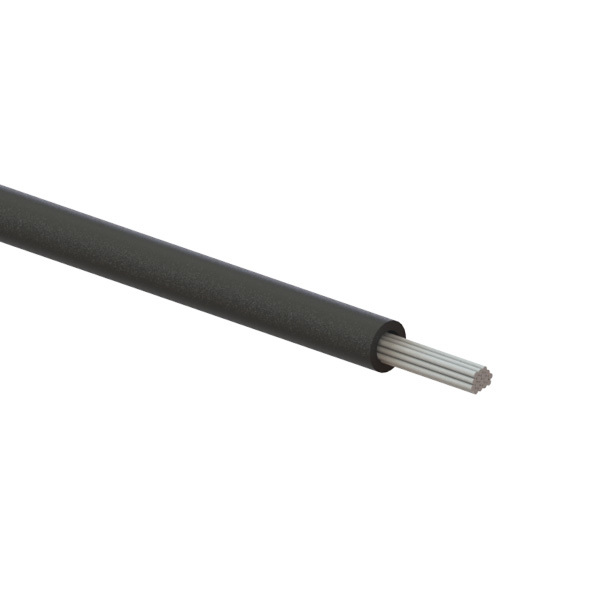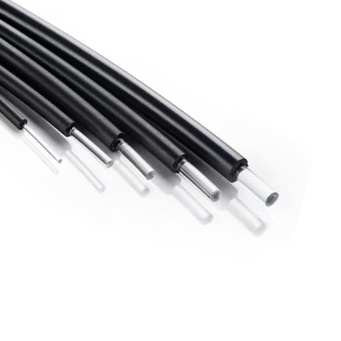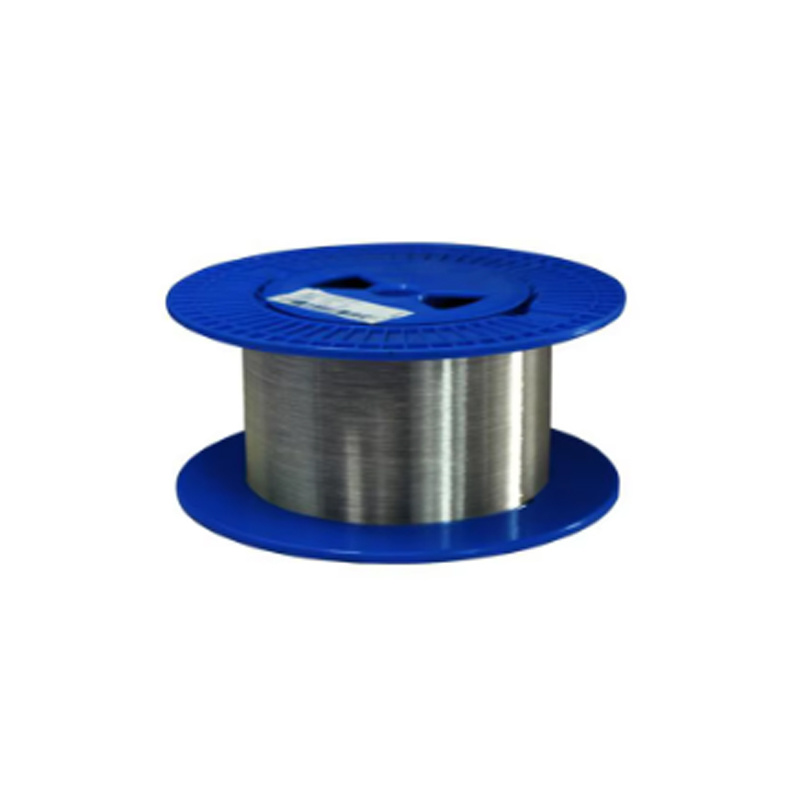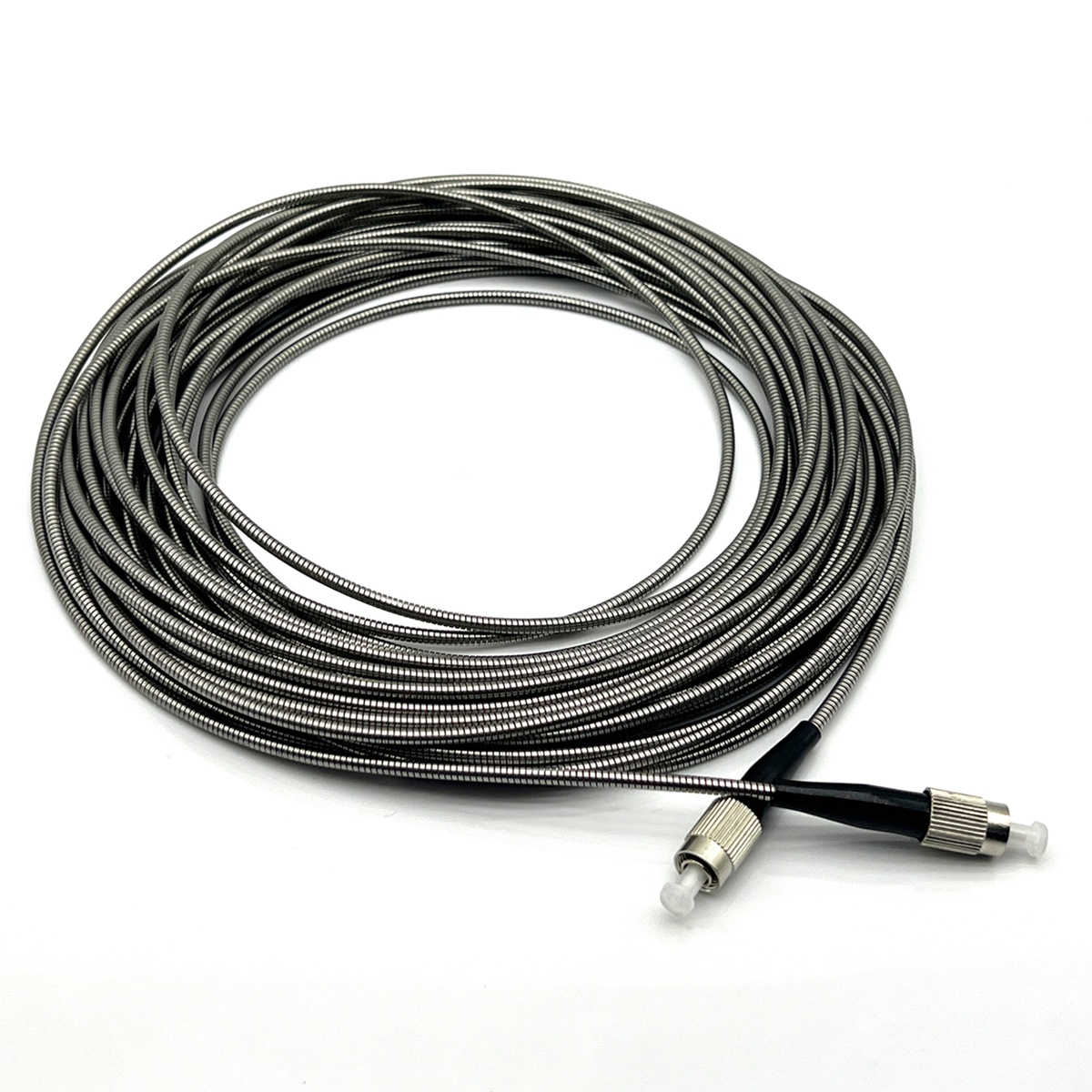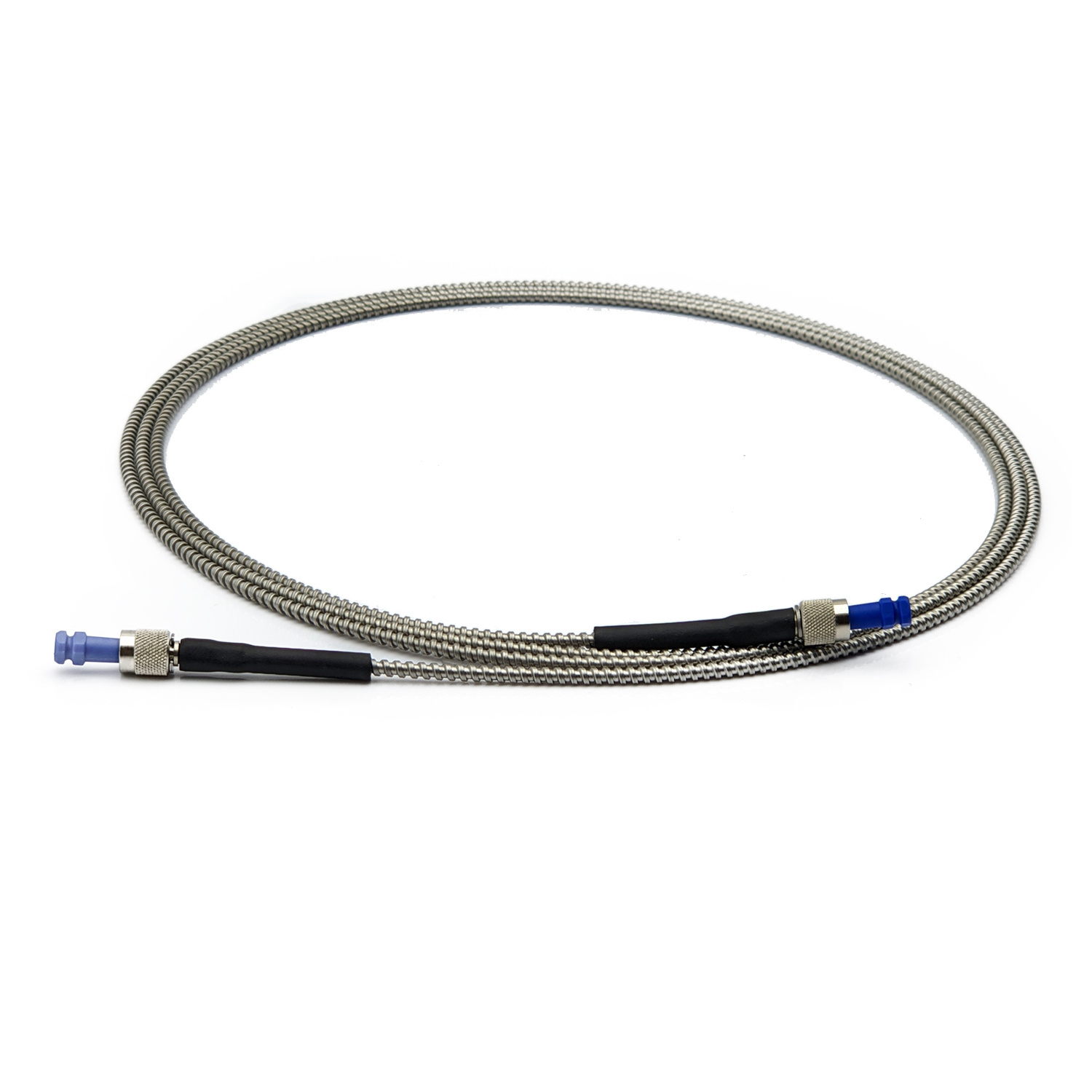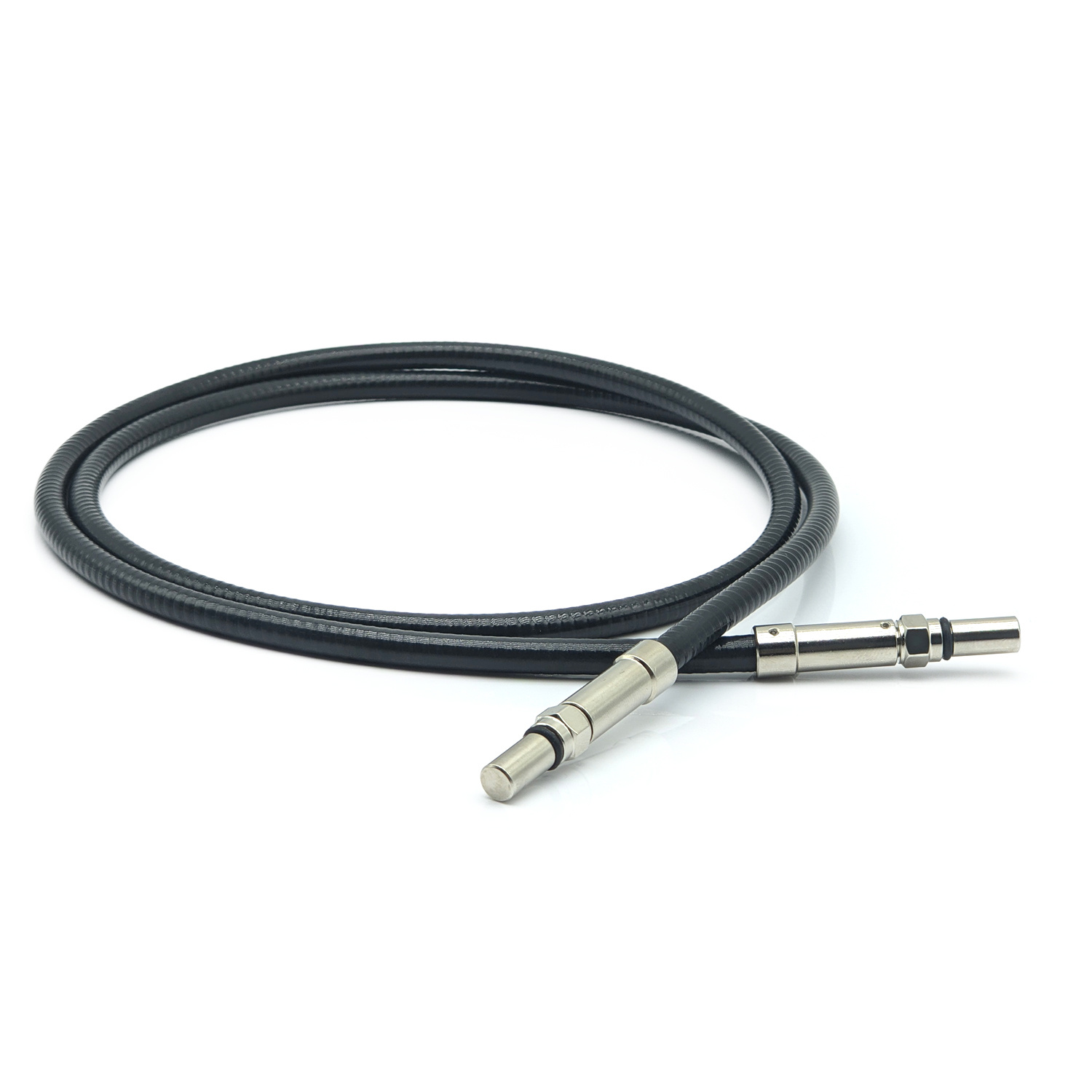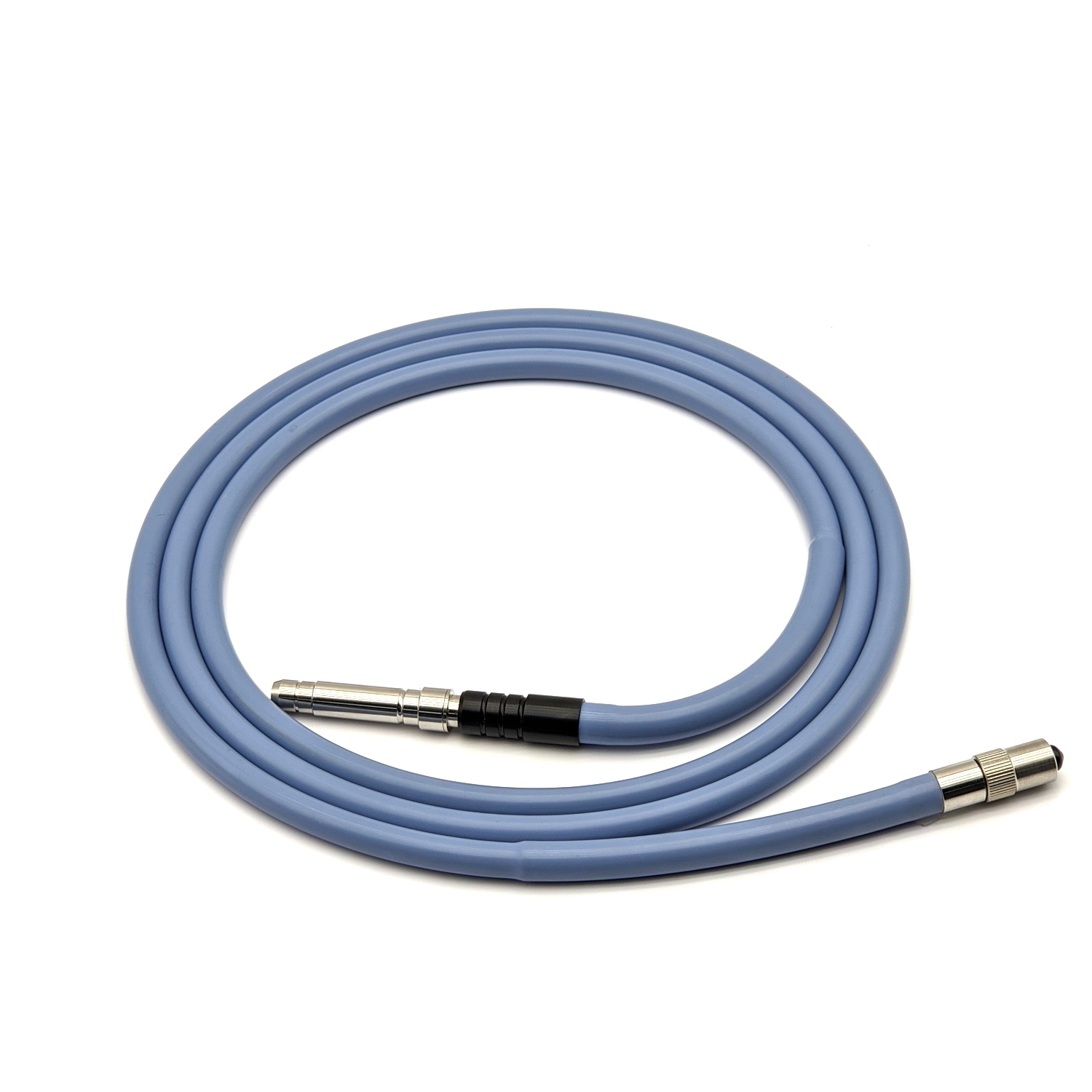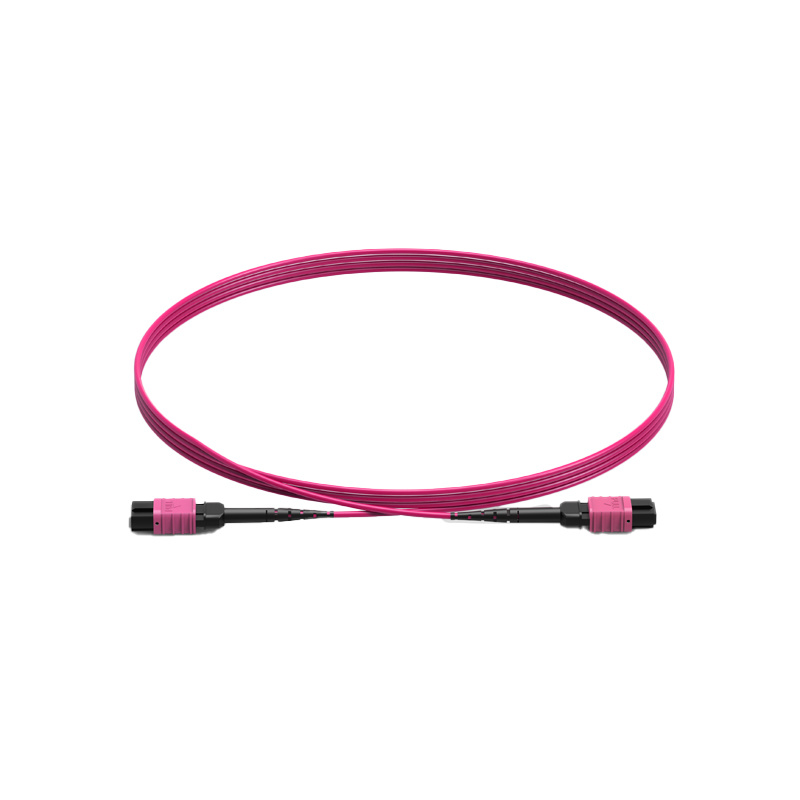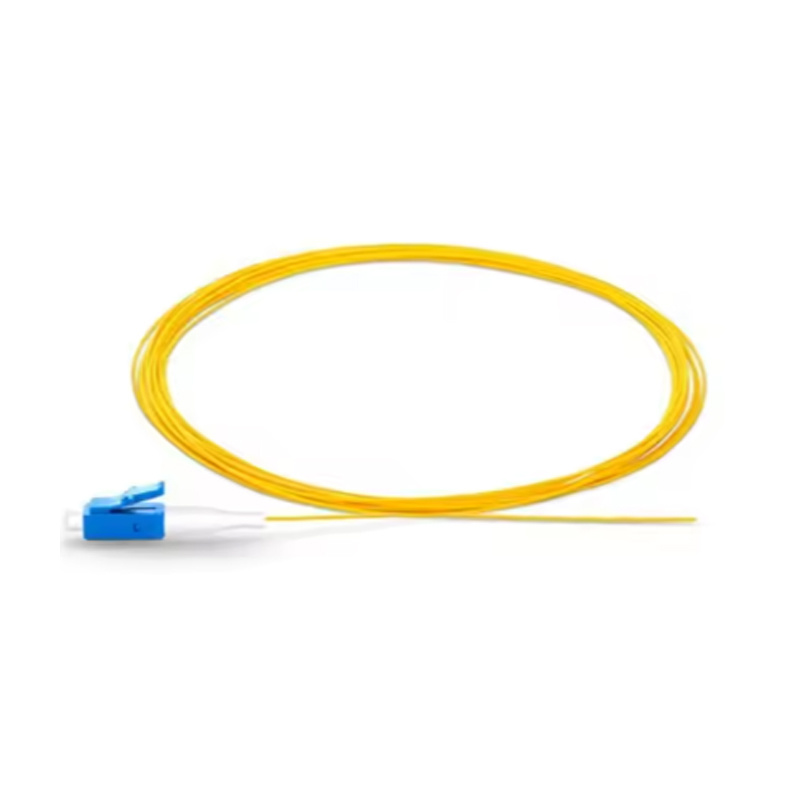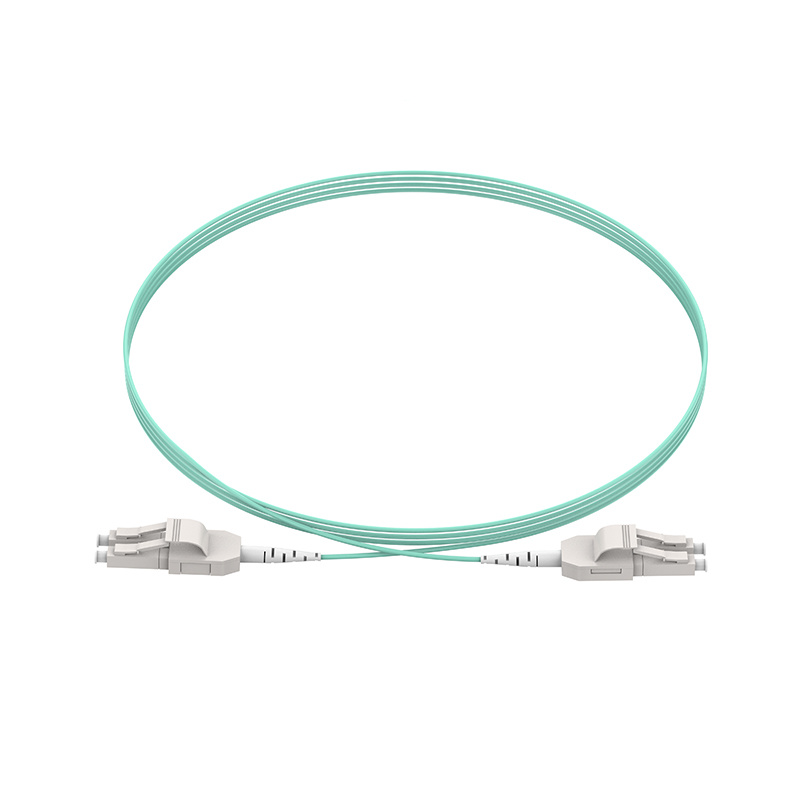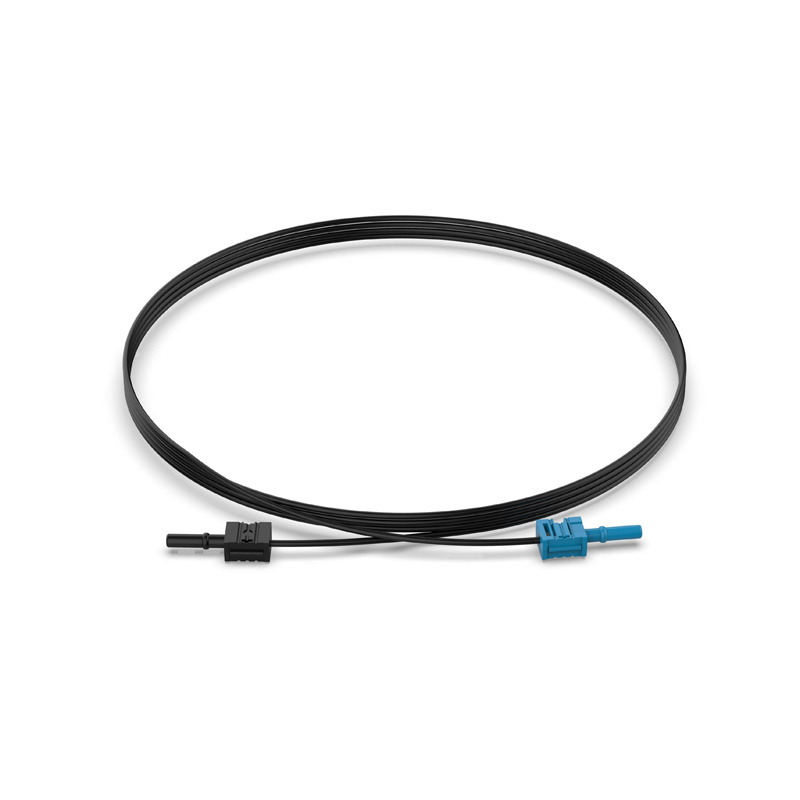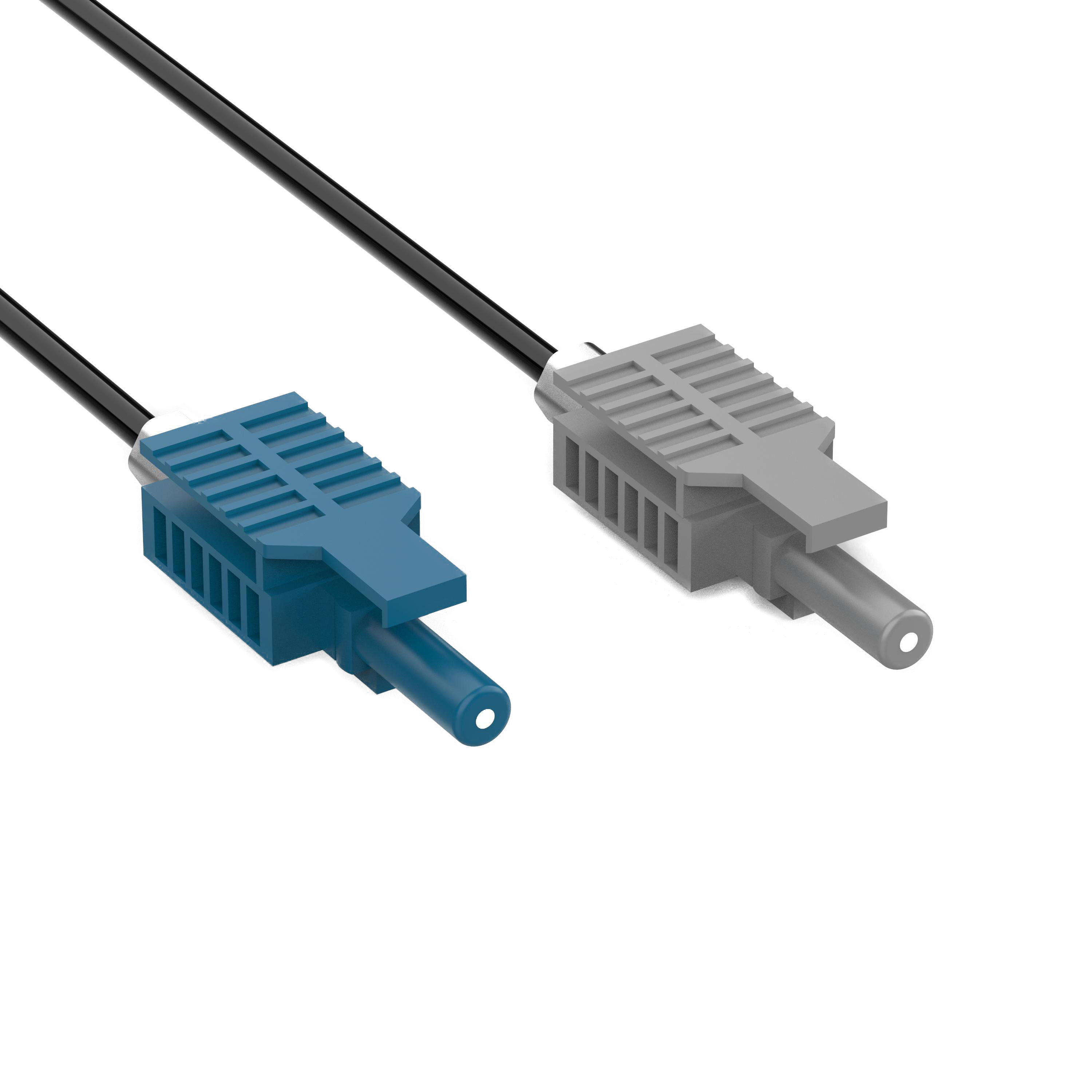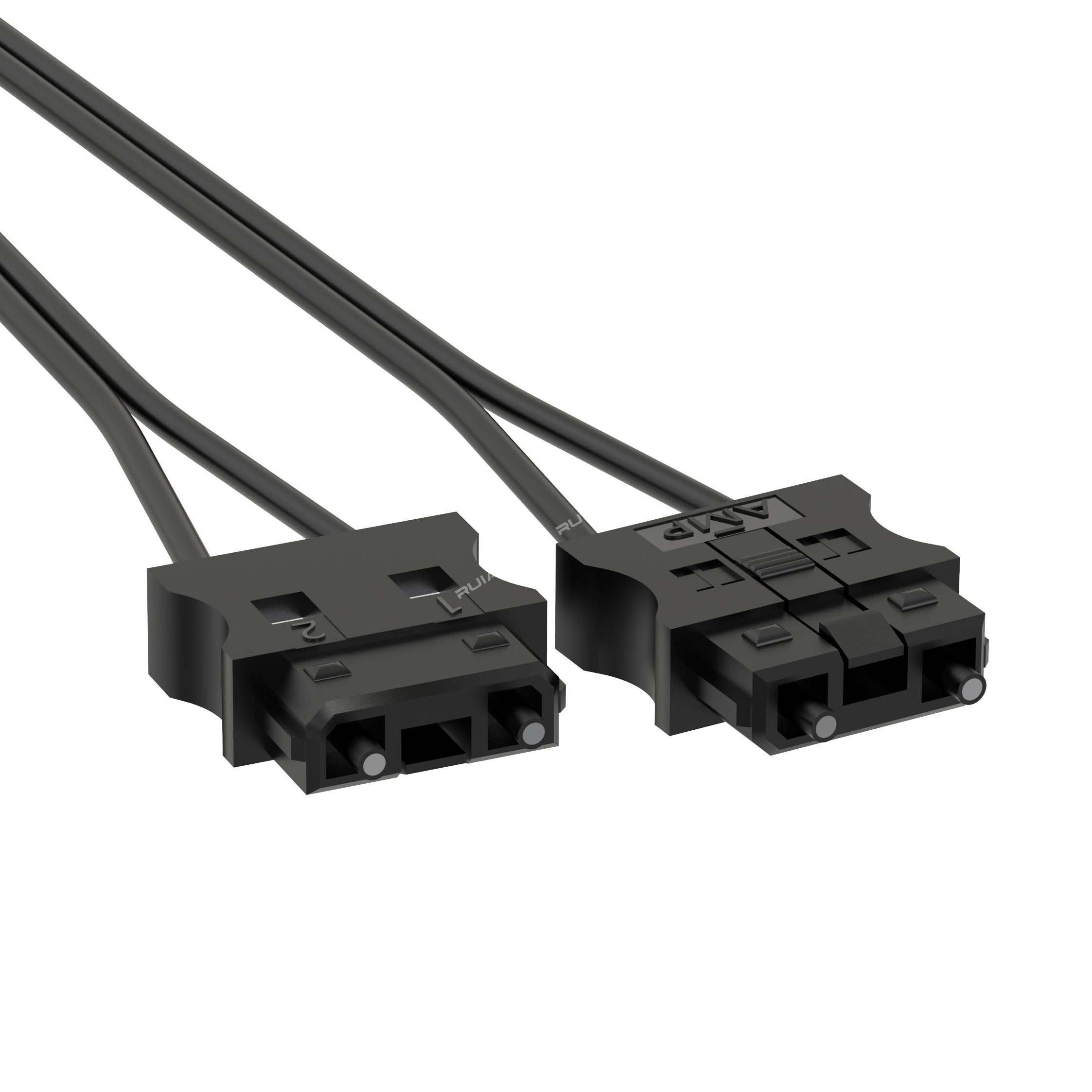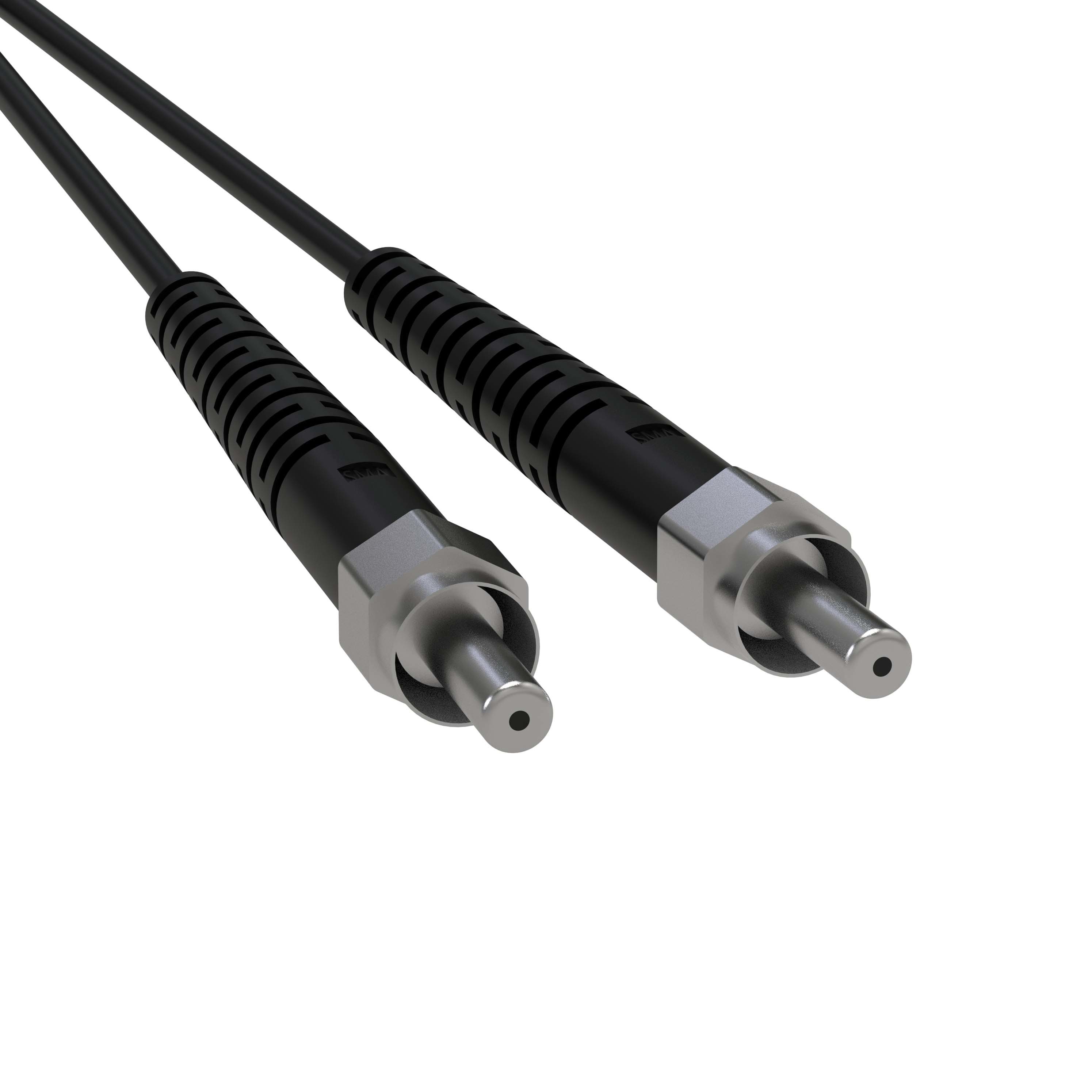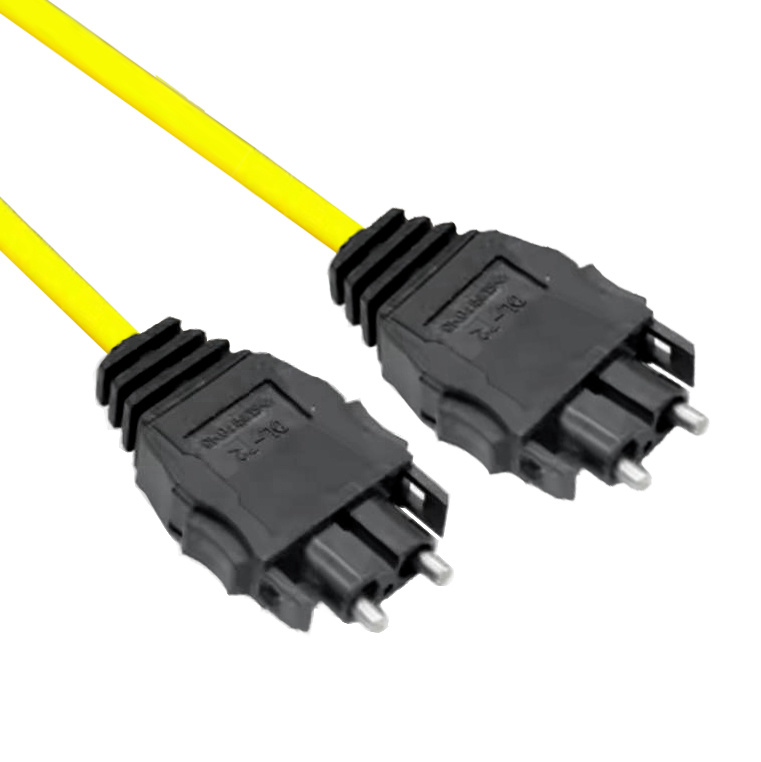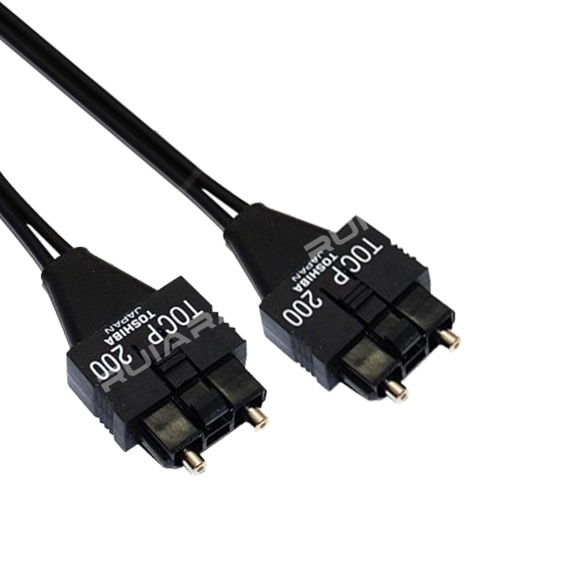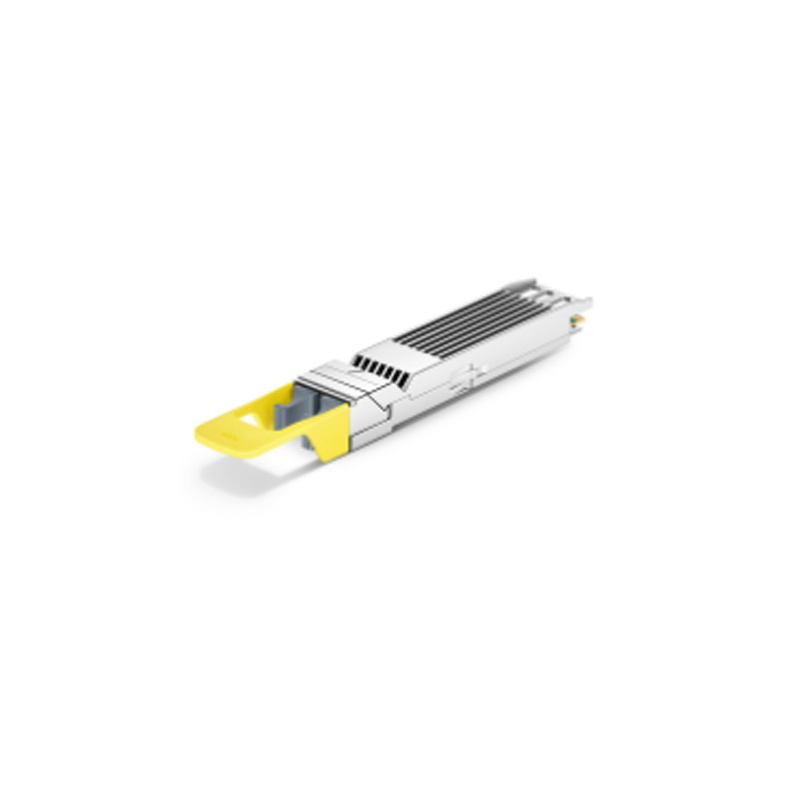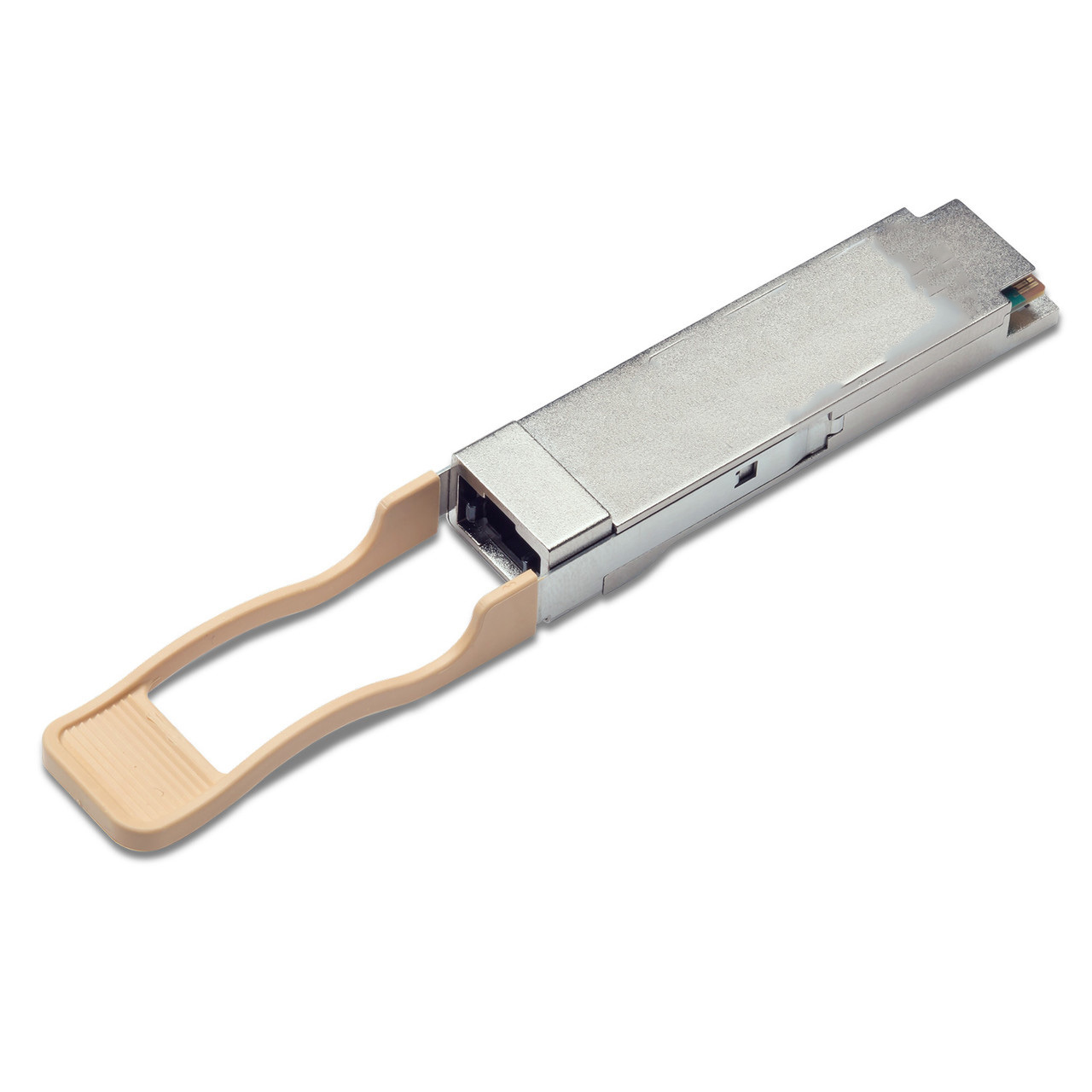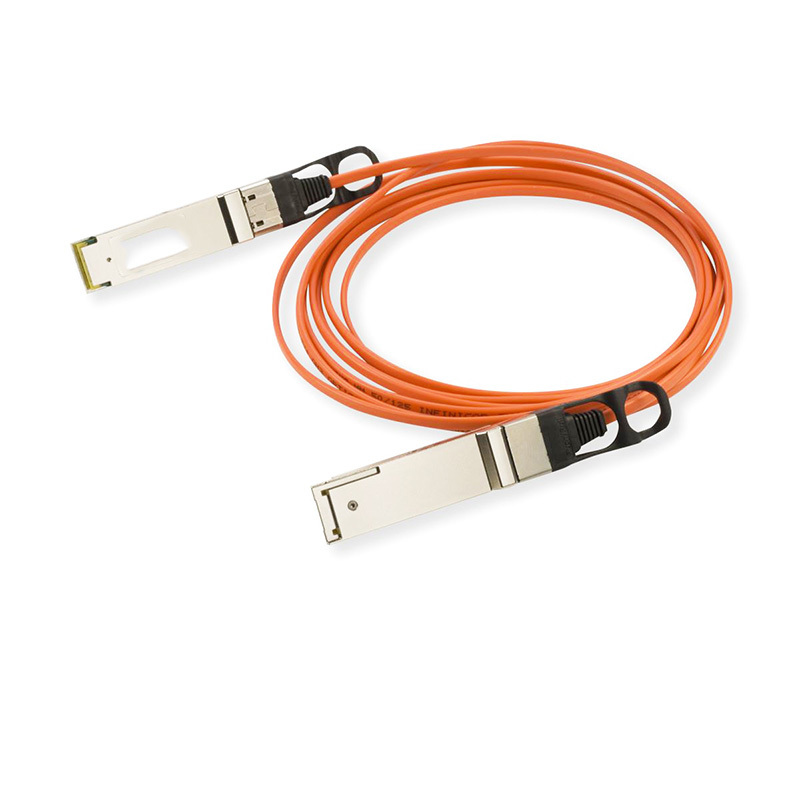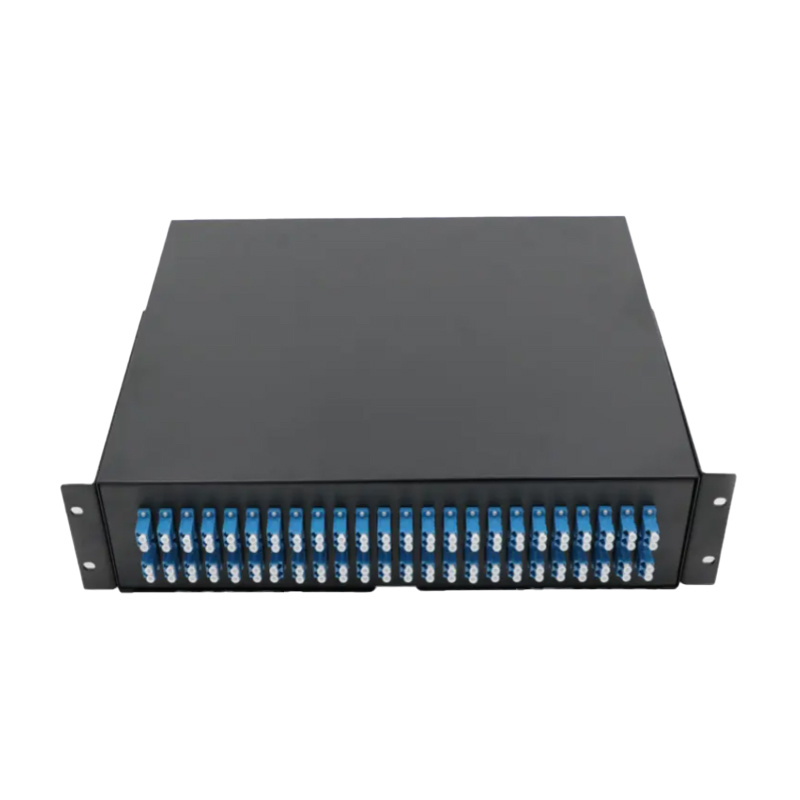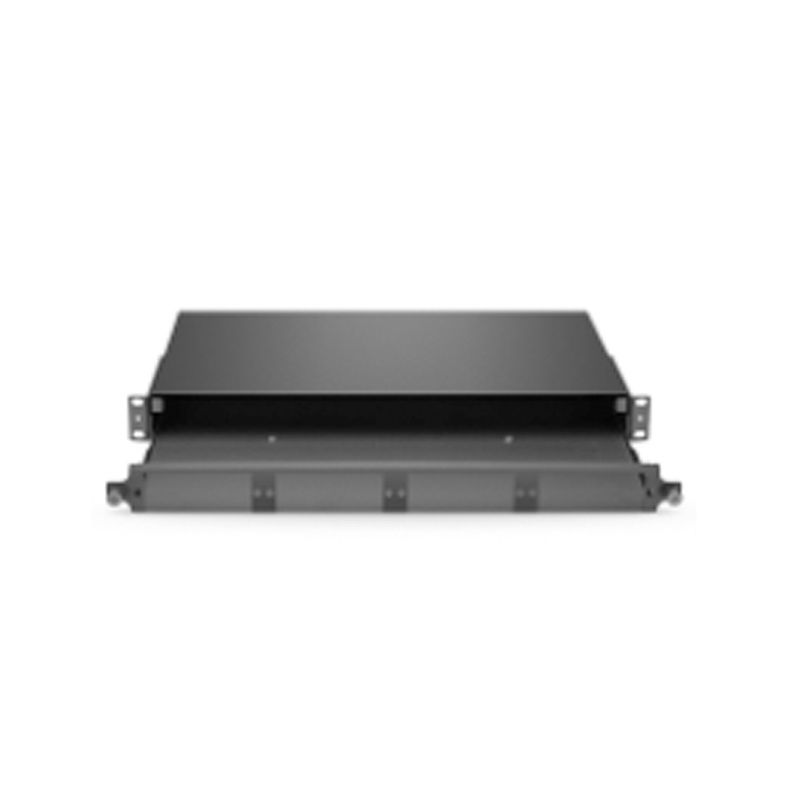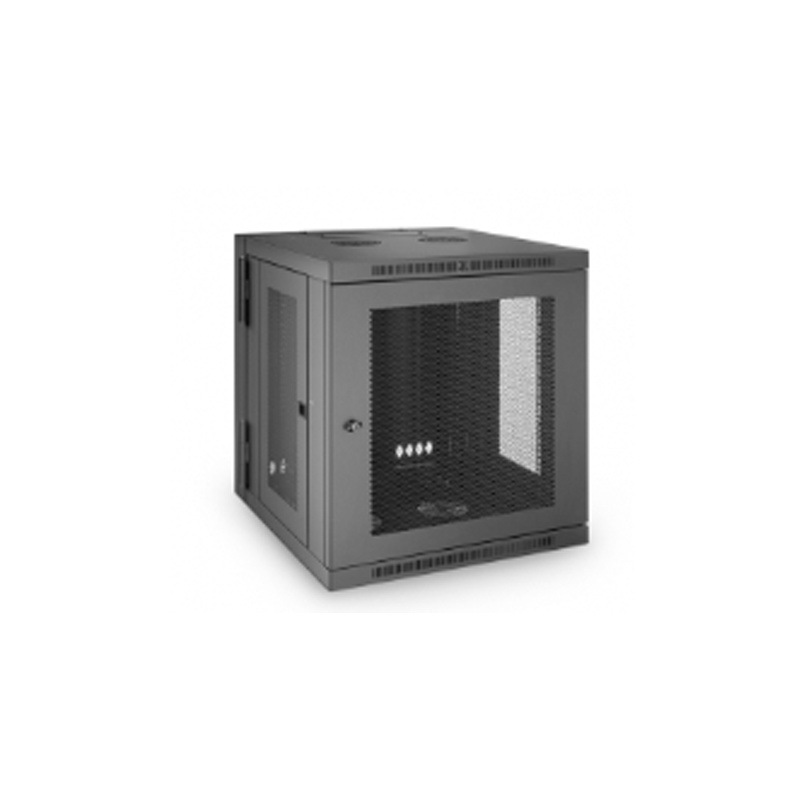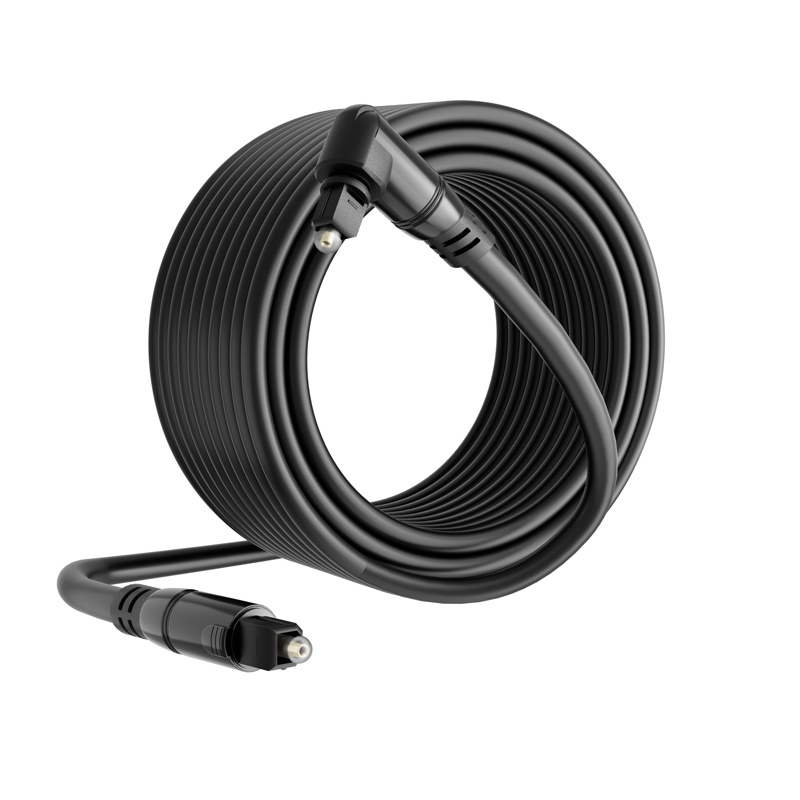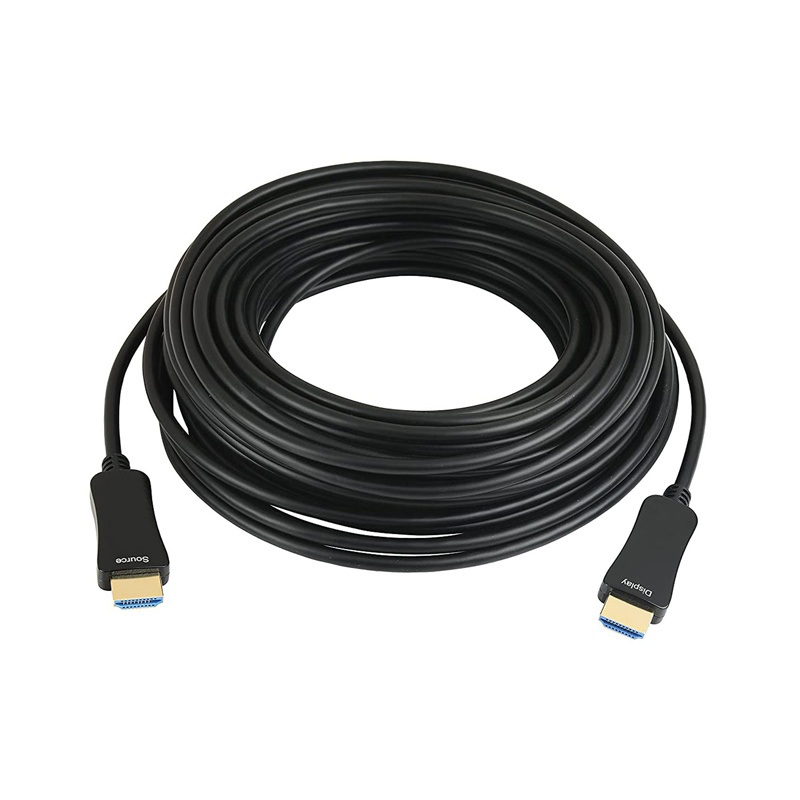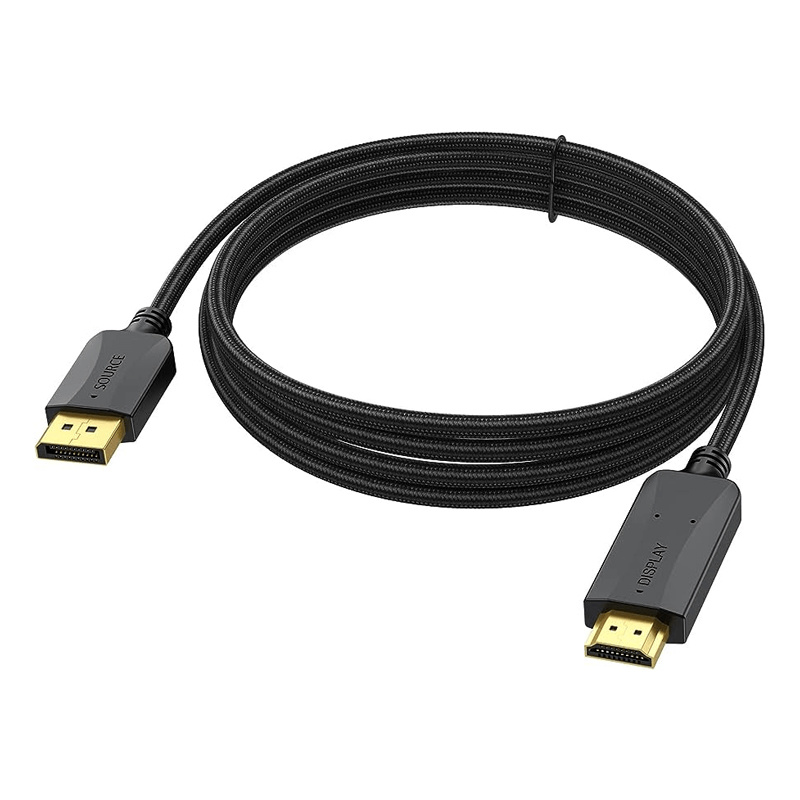Understanding the Benefits of SC Fiber Connectors in Modern Networking
Understanding the Benefits of SC Fiber Connectors in Modern Networking Table of Contents 1. Introduction to SC Fiber Connectors 2. Design and Architecture of SC Connectors 3. Advantages of SC Connectors in Network Performance 4. Applications of SC Connectors in Modern Networking 5. Comparing SC Connectors to Other Fiber Connectors 6. Installation and Maintenance of SC Fiber Connectors
2025-07
Understanding the Benefits of SC Fiber Connectors in Modern Networking
Table of Contents
1. Introduction to SC Fiber Connectors
2. Design and Architecture of SC Connectors
3. Advantages of SC Connectors in Network Performance
4. Applications of SC Connectors in Modern Networking
5. Comparing SC Connectors to Other Fiber Connectors
6. Installation and Maintenance of SC Fiber Connectors
7. The Future of SC Connectors in Networking
8. Frequently Asked Questions
9. Conclusion
Introduction to SC Fiber Connectors
In the rapidly evolving world of networking, **fiber optic technology** plays a pivotal role in enhancing data communication. Among the various types of fiber connectors, the **Subscriber Connector (SC)** stands out due to its robust design and superior performance. This article delves into the benefits of SC connectors, shedding light on their pivotal role in modern networking solutions. By understanding these benefits, IT professionals and businesses can make informed decisions when selecting connectivity solutions that best fit their needs.
Design and Architecture of SC Connectors
SC connectors are characterized by their square shape and push-pull mechanism. This design ensures a secure connection while allowing for easy insertion and removal. The key features of SC connectors include:
1. Robust Construction
SC connectors are designed to endure the rigors of daily use. Their sturdy housing protects the fiber from physical damage, making them ideal for environments where reliability is crucial.
2. Single and Multi-Mode Fiber Compatibility
One of the standout features of SC connectors is their compatibility with both single-mode and multi-mode fibers. This versatility allows users to leverage the benefits of different types of fiber optic cables depending on the specific requirements of their networks.
3. High Precision Alignment
SC connectors boast precise alignment mechanisms that minimize signal loss and maximize data transmission efficiency. This precision is critical in maintaining high-speed communication across networks, especially in data centers and telecom infrastructures.
Advantages of SC Connectors in Network Performance
The advantages of SC connectors in modern networking are multifaceted. Here are some of the primary benefits that make them a preferred choice among network engineers and IT professionals:
1. High Data Transmission Rates
SC connectors are engineered to support high data rates, enabling faster transmission of information. This capability is vital for businesses that rely on real-time data processing and communication.
2. Low Insertion Loss
One of the critical factors in fiber optic networks is **insertion loss**, which can degrade signal quality. SC connectors exhibit low insertion loss, ensuring that the integrity of data is maintained throughout the transmission.
3. Excellent Performance in Harsh Environments
With their durable construction, SC connectors can withstand extreme temperatures, humidity, and other environmental factors. This resilience makes them suitable for deployment in various settings, from outdoor installations to data centers.
4. Cost-Effectiveness
While initial costs for fiber optic infrastructure can be high, SC connectors are often more cost-effective over time due to their durability and performance. They require less frequent replacement and maintenance, leading to lower operational costs in the long run.
5. Ease of Use
The push-pull mechanism of SC connectors simplifies the process of connecting and disconnecting fibers, allowing for efficient installation and maintenance. This ease of use is particularly beneficial in environments where frequent changes to the network configuration are necessary.
Applications of SC Connectors in Modern Networking
SC connectors are utilized in a wide range of applications, contributing to their popularity in various industries. Some notable applications include:
1. Data Centers
In data center environments, where high-speed data transfer is paramount, SC connectors facilitate efficient interconnection between servers, storage, and networking equipment. Their low insertion loss and high data rates are crucial for maintaining optimal performance.
2. Telecommunications
Telecom operators rely on SC connectors to establish reliable connections between their infrastructure and consumer endpoints. The ability to support both single-mode and multi-mode fibers makes SC connectors ideal for diverse telecommunications applications.
3. Local Area Networks (LANs)
SC connectors are widely used in LANs to connect various devices, such as switches, routers, and workstations. Their robust design ensures stable connections that can handle high volumes of data traffic.
4. Fiber to the Home (FTTH) Solutions
As the demand for broadband connectivity increases, SC connectors play a critical role in FTTH deployments. Their efficient performance supports the delivery of high-speed internet services directly to residential areas.
5. Industrial Networking
In industrial environments, where data communication systems are subjected to harsh conditions, SC connectors offer a reliable solution. Their ability to resist environmental challenges ensures uninterrupted communication in vital operational processes.
Comparing SC Connectors to Other Fiber Connectors
When choosing a fiber connector, it is essential to compare SC connectors with other types, such as LC, ST, and MTP/MPO connectors. Each has unique characteristics that may influence their suitability for specific applications.
1. SC vs. LC Connectors
While both SC and LC connectors support high data rates, LC connectors are smaller and often used in high-density applications. However, SC connectors offer easier handling and a more secure connection, making them preferable in certain installations.
2. SC vs. ST Connectors
ST connectors utilize a bayonet-style connection, which may be less reliable than the push-pull mechanism of SC connectors. Additionally, SC connectors typically offer better performance in terms of insertion loss and return loss.
3. SC vs. MTP/MPO Connectors
MTP/MPO connectors are designed for high-density applications and can connect multiple fibers simultaneously. While they excel in certain scenarios, SC connectors remain the go-to choice for applications requiring individual fiber connections due to their reliability and performance.
Installation and Maintenance of SC Fiber Connectors
Understanding the installation and maintenance requirements for SC connectors is essential to ensure optimal performance. Here are key considerations:
1. Proper Installation Techniques
To ensure a reliable connection, SC connectors should be installed with precision. This includes following manufacturer guidelines for fiber preparation, cleaving, and connector assembly. Proper installation minimizes signal loss and enhances performance.
2. Regular Maintenance Practices
Routine maintenance is vital for sustaining the performance of SC connectors. This includes cleaning connector end faces to prevent contamination, inspecting for physical damage, and testing connections for performance metrics such as insertion loss and return loss.
3. Troubleshooting Common Issues
Network professionals should be equipped to troubleshoot common issues related to SC connectors. This may involve identifying and resolving problems such as signal loss, intermittent connections, or physical damage to fibers and connectors.
The Future of SC Connectors in Networking
As technology continues to evolve, the future of SC connectors remains promising. Innovations in fiber optic technology and connector design are likely to enhance their performance further. Additionally, with the increasing demand for high-speed internet and reliable communication solutions, SC connectors will continue to play a pivotal role in shaping the networking landscape.
Frequently Asked Questions
1. What is an SC fiber connector?
An SC fiber connector is a type of optical fiber connector characterized by its square shape and push-pull design. It is widely used in fiber optic networks to connect fibers securely and efficiently.
2. What are the advantages of using SC connectors?
SC connectors offer high data transmission rates, low insertion loss, robust construction, ease of use, and cost-effectiveness, making them suitable for various networking applications.
3. How do SC connectors compare to LC connectors?
While SC connectors are larger and easier to handle, LC connectors are smaller and better suited for high-density applications. The choice depends on the specific requirements of the network.
4. Can SC connectors be used in outdoor environments?
Yes, SC connectors are designed to withstand harsh environmental conditions, making them suitable for outdoor installations and industrial applications.
5. What maintenance practices are recommended for SC connectors?
Regular cleaning, inspection for damage, and testing for performance metrics such as insertion loss are essential maintenance practices to sustain the performance of SC connectors.
Conclusion
SC fiber connectors are an integral part of modern networking, offering numerous benefits that enhance performance, reliability, and cost-effectiveness. Their robust design, compatibility with various fiber types, and ease of use make them a preferred choice for data centers, telecommunications, and industrial applications. As the demands for high-speed data communication continue to grow, understanding the advantages of SC connectors will empower businesses and IT professionals to make informed decisions that optimize their networking solutions. Embracing this technology is key to ensuring a seamless and efficient communication infrastructure in an increasingly connected world.
PREVIOUS:
NEXT:
Related News
IEAE Vietnam(Date: November,2023&May,2024)
IEAE Exhibition in Ho Chi Minh, Vietnam, the booth No.: A.L05
IEAE Exhibition in Russia(Date: August,2024)
IEAE Exhibition in St. Petersburg,Russia, the booth No.: F.B15

